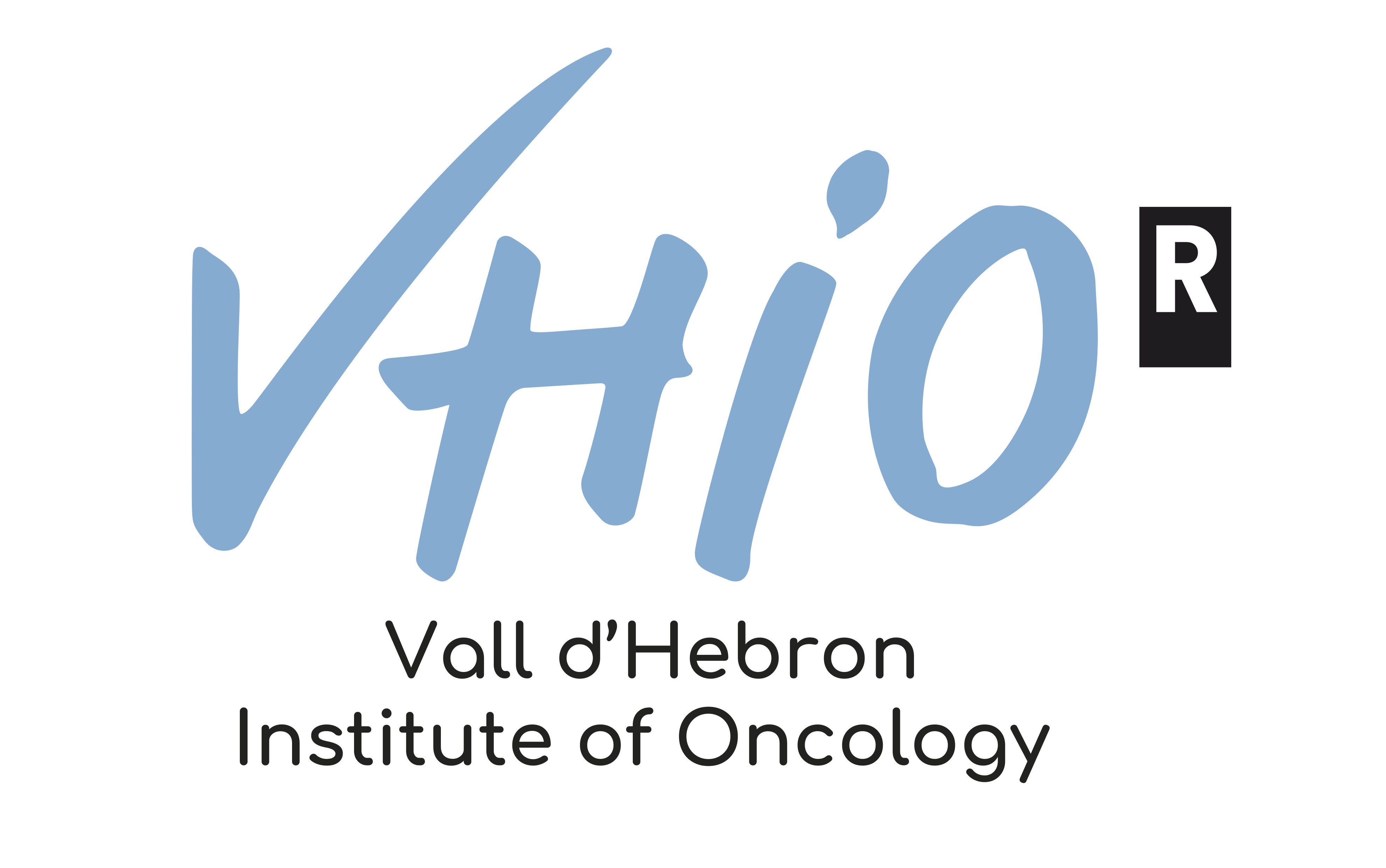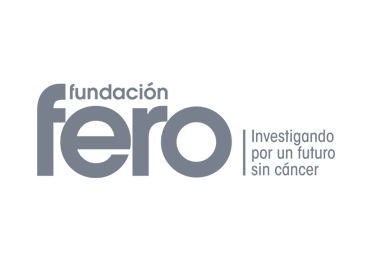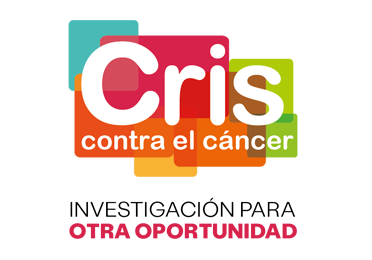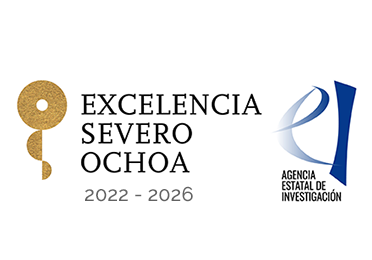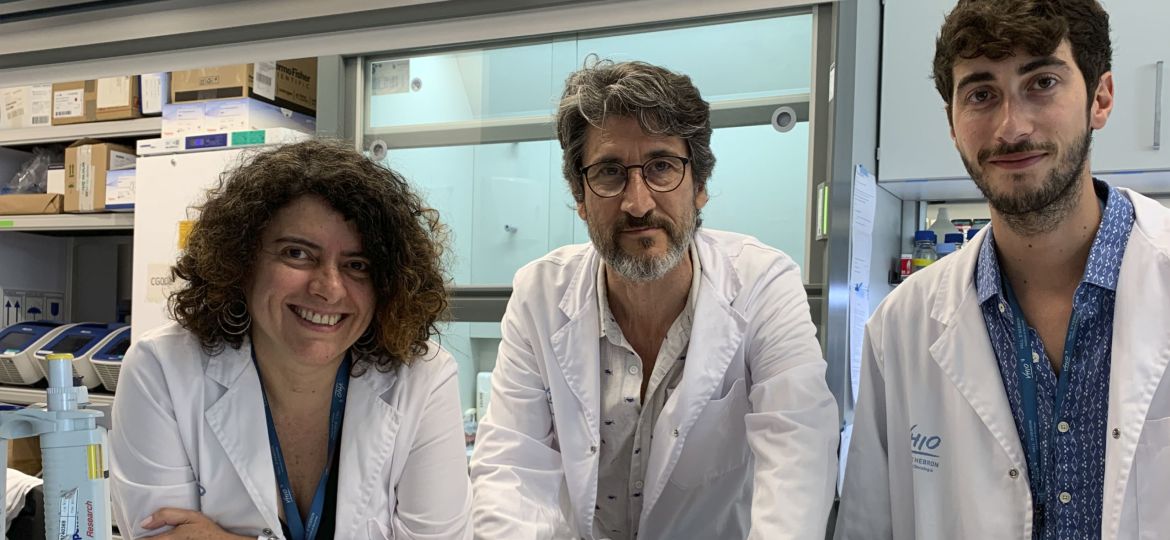
- This may be gathered from the results of a study led by the Instituto de Investigación Biomédica de Bellvitge (IDIBELL) (Bellvitge Biomedical Research Institute) and the Instituto Catalán de Oncología (ICO) (Catalan Institute of Oncology), with the participation of the Vall d’Hebron Instituto de Oncología (VHIO) (Vall d’Hebron Institute of Oncology), the results of which were published recently in the Clinical Chemistry journal
- The article provides a guideline for standardising and improving the classification of variants in the ATM gene that can be of assistance in the early diagnosis and personalised treatment of cancer in carrier patients
Barcelona, 16 December 2020.– Information sharing among pharmaceutical companies, and optimising classification criteria within a multidisciplinary environment to improve the clinical classification of genetic variants, will impact the clinical management of carrier patients and their families. This is the main conclusion of a study whose results have just been published in the Clinical Chemistry journal, in which the Hereditary Cancer Genetics Group of the Vall d’Hebron Institute of Oncology (VHIO) led by Dr Judith Balmaña participated and which led to the creation of a guide to standardise and improve the classification of ATM gene variants that increase the risk of breast or prostate cancer.
“We must remember that almost 10% of patients with cancer present a germline genetic variant in all their cells which predisposes them to early tumour development. This explains why it is important to identify these patients, since we can therefore not only offer them a personalised assessment of their risk of cancer but also establish follow-up, prevention and treatment measures adapted to their genetic condition, thus advancing precision medicine”, declared Alejandro Moles-Fernández, a PhD student of the VHIO Hereditary Cancer Genetics Group, one of the second authors of the article in which Dr Orland Díez and Dr Sara Gutiérrez-Enríquez, senior investigators of the same group, also participated. “The identification of a germline pathogenic variant in a patient not only helps us to manage their disease better, but also allows predictive studies to be carried out among their family members”, added Dr Sara Gutiérrez-Enríquez.
The challenge of the variants of unknown significance
Genetic diagnosis is currently performed by the analysis of gene panels using massive sequencing techniques. This approach involves an increase in the detection rate of pathogenic variants, as well as an increase in the number of variants of unknown significance. The correct clinical interpretation of genomic data requires a detailed understanding of the structural and functional characteristics of each one of the genes studied, as well as the clinical manifestations associated with the presence of defects in these genes.
The way that pathogenic variants in the ATM gene increase the risk of cancer, particularly breast cancer, has been described, which is why this gene is included in the majority of hereditary cancer panels. ATM is a large gene, with a high number of variants identified, many of them being of unknown significance and which represent a significant clinical problem.
With the aim of improving the classification of variants in the context of hereditary cancer in our setting, a collaborative effort was initiated, led by the Bellvitge Biomedical Research Institute (IDIBELL) and the Catalan Institute of Oncology (ICO), with the participation of the VHIO, to standardise and improve the classification of variants in the ATM gene.
Six independent laboratories collected information from 766 carriers of 283 different variants in the ATM gene. After the information of the variants had been collected and organised, periodic teleconferences were held to review the international genetic variant classification criteria, adapting them specifically for the ATM gene. Once a consensus on the criteria had been reached, they were used in a pilot study of 50 representative variants. The new classification prompted a reduction in the number of variants of unknown significance from 58% to 42%.
Collaborative work
A total of six Spanish laboratories, from which the genetic data used were obtained, participated in this study:
- ICO-IDIBELL Molecular Diagnostic Laboratory, L’Hospitalet de Llobregat, Barcelona
- Hereditary Cancer Genetics Group (VHIO) – Molecular Genetics Laboratory-Hospital Vall d’Hebron, Barcelona
- Fundación Pública Galega Medicina Xenómica (Galician Public Foundation for Genomic Medicine) (FPGMX), SERGAS and the Instituto de Investigación Sanitaria (Health Research Institute) (IDIS), Santiago de Compostela
- Laboratorio de Oncología Molecular (Molecular Oncology Laboratory), Hospital Clínico San Carlos, Madrid
- Laboratorio de Genética Humana (Human Genetics Laboratory), CNIO, Madrid
- Hereditary Cancer Laboratory, Hospital 12 de Octubre, Madrid
Experts in bioinformatics prediction belonging to Xavier de la Cruz’s group at the Vall d’Hebron Research Institute (VHIR), as well as experts in the clinical and molecular gene databases of the ATM gene of Ignacio Molina’s group of the University of Granada, also joined the study.
This study enjoyed the support of several research projects of the Instituto de Salud Carlos III (Carlos III Institute of Health) and several of the participating investigators are members of CIBERONC and CIBERER.
Reference:
Lidia Feliubadaló, Alejandro Moles-Fernández, Marta Santamariña-Pena, Alysson T Sánchez, Anael López-Novo, Luz-Marina Porras, Ana Blanco, Gabriel Capellá, Miguel de la Hoya, Ignacio J Molina, Ana Osorio, Marta Pineda, Daniel Rueda, Xavier de la Cruz, Orland Diez, Clara Ruiz-Ponte, Sara Gutiérrez-Enríquez, Ana Vega, Conxi Lázaro, “A Collaborative Effort to Define Classification Criteria for ATM Variants in Hereditary Cancer Patients”, Clinical Chemistry, 2020, https://doi.org/10.1093/clinchem/hvaa250
